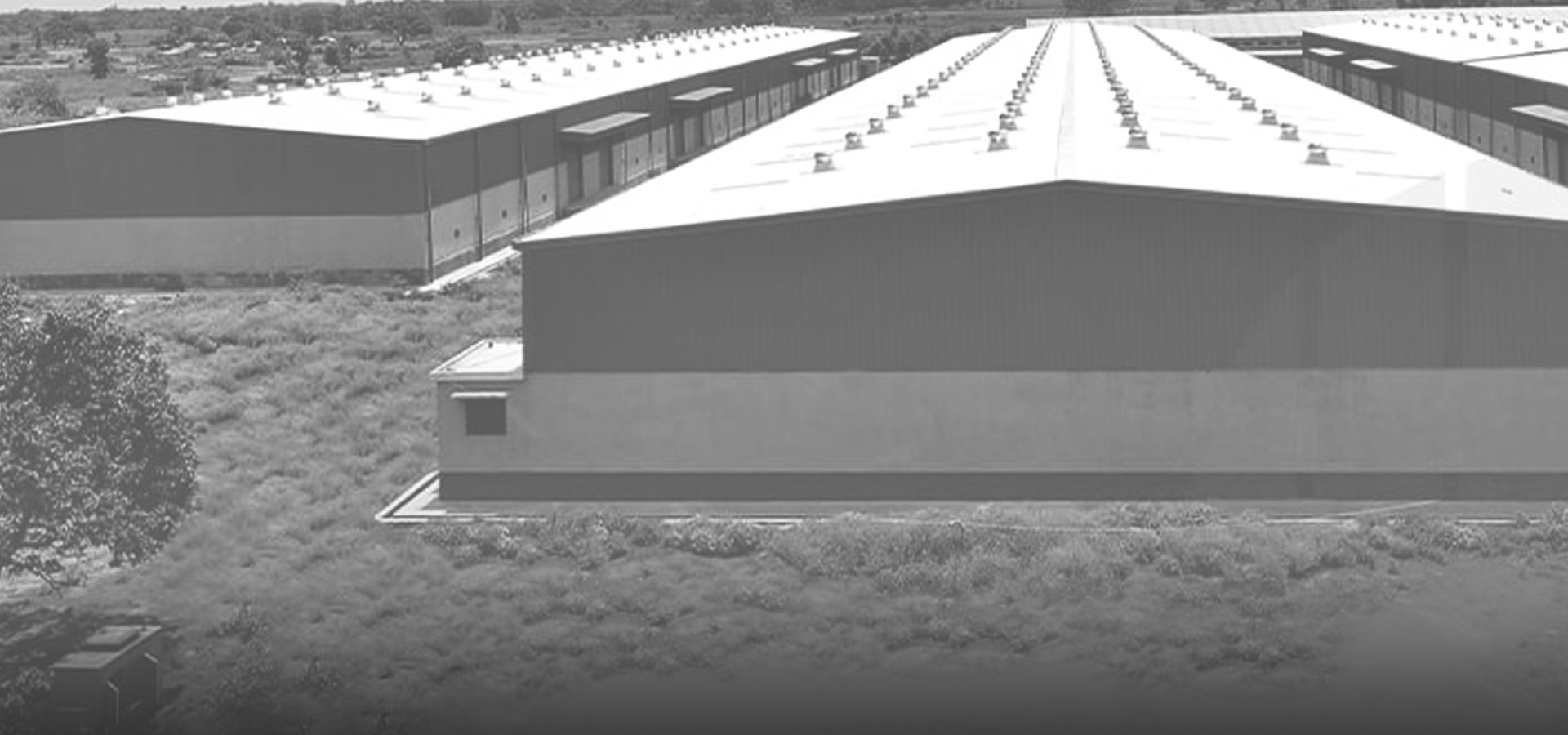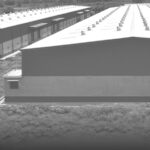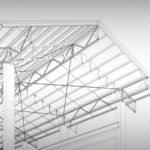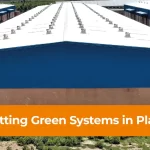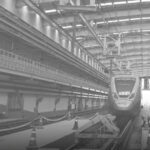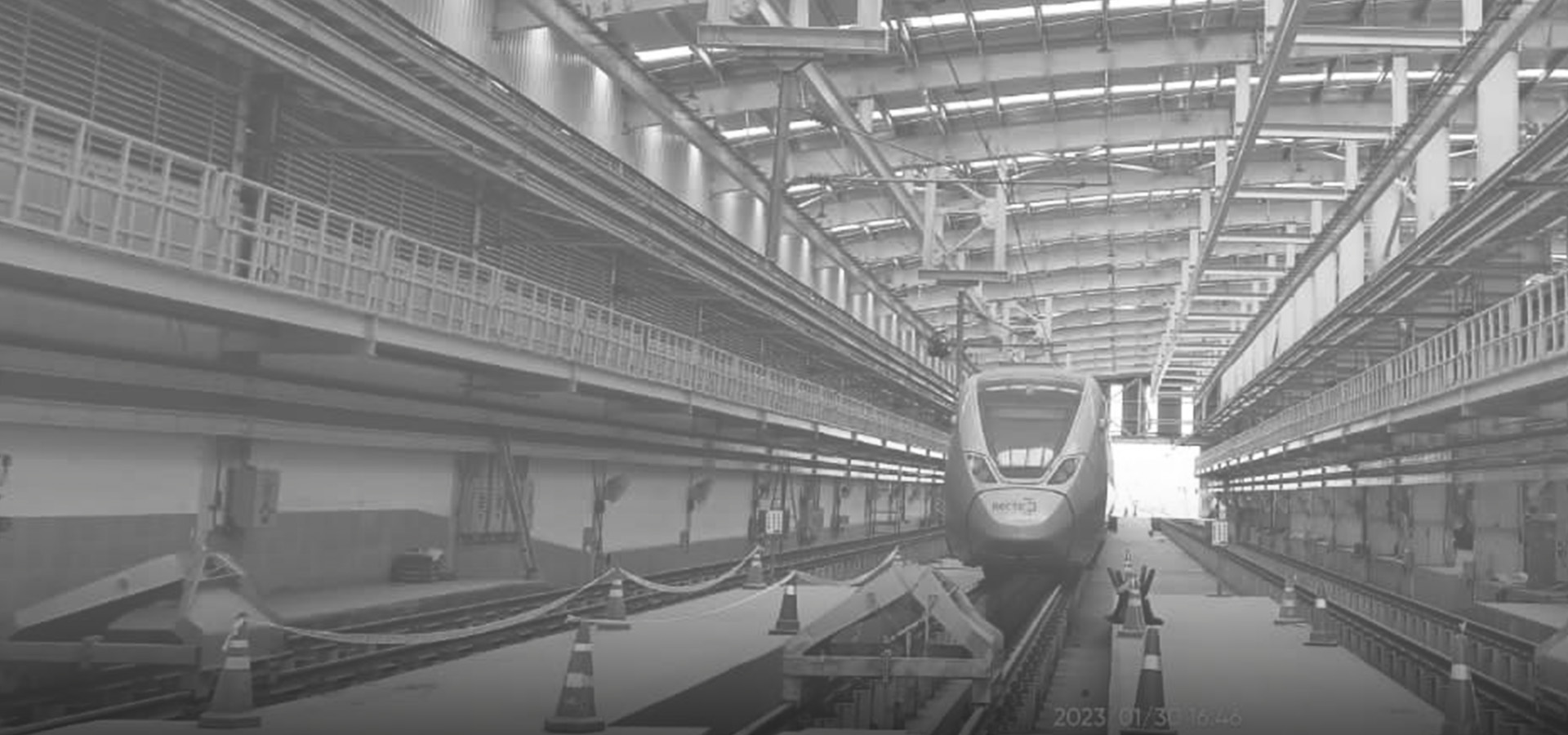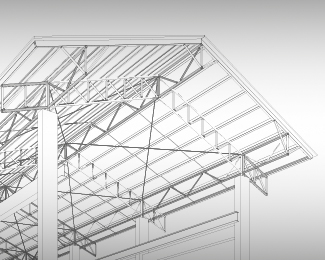Pre-Engineered Buildings Vs. Traditional Construction: A Cost Comparison
I. Introduction:
When it comes to construction projects, there are two main approaches: pre-engineered buildings (PEBs) and traditional construction methods.
PEBs are becoming increasingly popular due to their cost-effectiveness, efficiency, and ease of construction. However, many people still opt for traditional construction methods, which involve building structures from scratch using various materials and techniques.
It’s essential to understand the cost differences between these two approaches to make informed decisions when planning a construction project.
In this article, we will compare the costs of PEBs and traditional construction methods, discussing the advantages and disadvantages of each.
By the end of this article, you will have a better understanding of which approach is best suited for your construction project, depending on your budget and other factors.
So, let’s dive in and explore the cost differences between PEBs and traditional construction methods!
II. Pre-Engineered Buildings (PEBs)
Pre-engineered buildings (PEBs) are structures that are designed, fabricated, and assembled offsite before being transported to the construction site. PEBs are manufactured using high-quality materials, including steel, concrete, and wood. They are versatile, with the ability to serve various purposes, such as warehouses, factories, offices, and schools.
One of the primary advantages of PEBs is their cost-effectiveness. Since PEBs are designed and manufactured offsite, they require less labor, time, and resources to construct than traditional buildings. They can also be customized to meet specific requirements and can be easily expanded or modified if needed.
PEBs are also known for their efficient construction process. Since they are prefabricated, there is less room for errors during the construction process, making them faster to assemble. This efficiency saves on labor costs, and the overall project timeline is significantly reduced.
Overall, PEBs are a popular choice for construction projects due to their cost-effectiveness, versatility, and efficient construction process. In the next section, we will explore traditional construction methods and their cost implications.
III. Traditional Construction Methods
Traditional construction methods involve building structures from scratch using various materials, such as brick, concrete, and wood. Unlike PEBs, traditional construction methods require more labor, time, and resources to construct. This makes them a more expensive option compared to PEBs.
Traditional construction methods also come with various challenges and disadvantages.
For example, traditional construction is weather-dependent, which means that projects can experience significant delays due to inclement weather conditions. Additionally, traditional construction is more prone to errors and inconsistencies since the construction process is entirely on-site.
The cost breakdown of traditional construction projects includes materials, labor, and design, among others. The cost of materials can vary depending on the location, availability, and quality. Labor costs can also vary depending on the skills and experience of the workers involved in the construction process.
Overall, traditional construction methods are a viable option for construction projects, but they can be more expensive and time-consuming than PEBs. In the next section, we will compare the costs of PEBs and traditional construction methods to help you make an informed decision.
IV. Cost Comparison between PEBs and Traditional Construction
Comparing the costs of PEBs and traditional construction methods is essential when making decisions regarding a construction project. In terms of cost, PEBs are generally more cost-effective than traditional construction methods.
PEBs have lower labor costs since they are manufactured offsite and require fewer workers for assembly. Additionally, PEBs have a shorter construction timeline, which reduces the cost of labor and other expenses associated with construction projects.
Traditional construction methods, on the other hand, can be more expensive due to the extensive labor requirements and longer project timelines. Construction projects using traditional methods can experience significant delays and cost overruns, which can impact the overall cost of the project.
Factors such as materials, labor, and design can affect the cost of PEBs and traditional construction methods. PEBs are typically made using high-quality materials that are designed to be durable and long-lasting. In contrast, traditional construction methods can be more susceptible to weather-related damage and require more maintenance and upkeep.
Case studies and real-world projects have shown that PEBs can offer significant cost savings over traditional construction methods.
But it’s important to consider other factors as well, such as environmental sustainability, maintenance costs, and long-term return on investment.
Overall, when comparing the costs of PEBs and traditional construction methods, it’s clear that PEBs offer a more cost-effective and efficient solution for construction projects.
But it is wiser to consider all the factors before making a final decision.
V. Conclusion
In conclusion, when it comes to construction projects, pre-engineered buildings (PEBs) are generally a more cost-effective and efficient option compared to traditional construction methods. PEBs require fewer labor hours and have a shorter construction timeline, leading to lower overall project costs.
While traditional construction methods have their advantages, including the ability to be more customizable and adaptable, they can be more expensive due to the extensive labor requirements and longer project timelines.
It’s essential to carefully consider all factors before deciding on the best construction method for your project. Cost is just one factor to consider, along with environmental sustainability, maintenance costs, and long-term return on investment.
In the end, the decision between PEBs and traditional construction methods ultimately depends on the specific needs and requirements of the project.
By understanding the cost differences between these two approaches, you can make an informed decision. This will lead to a successful and cost-effective construction project.
Looking for a reliable and experienced construction partner for your next project? Look no further than Moonwalk Infraprojects Pvt Ltd!
Our team of experts specializes in pre-engineered buildings (PEBs) and can provide you with a customized solution that fits your project’s unique requirements.
Contact us today to learn more and get started on your next construction project.
